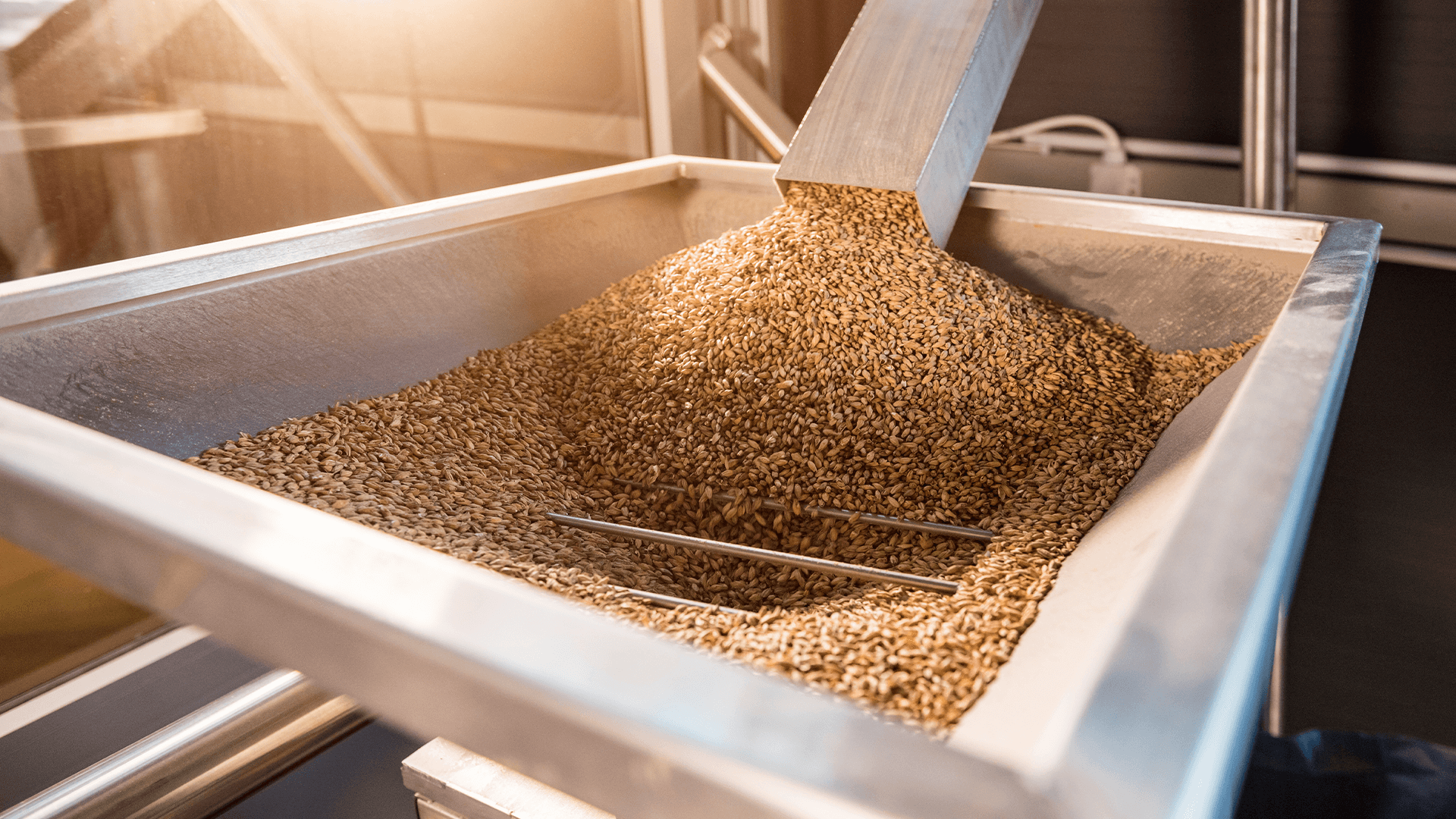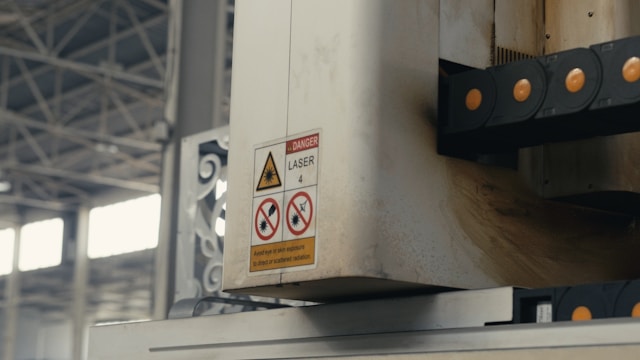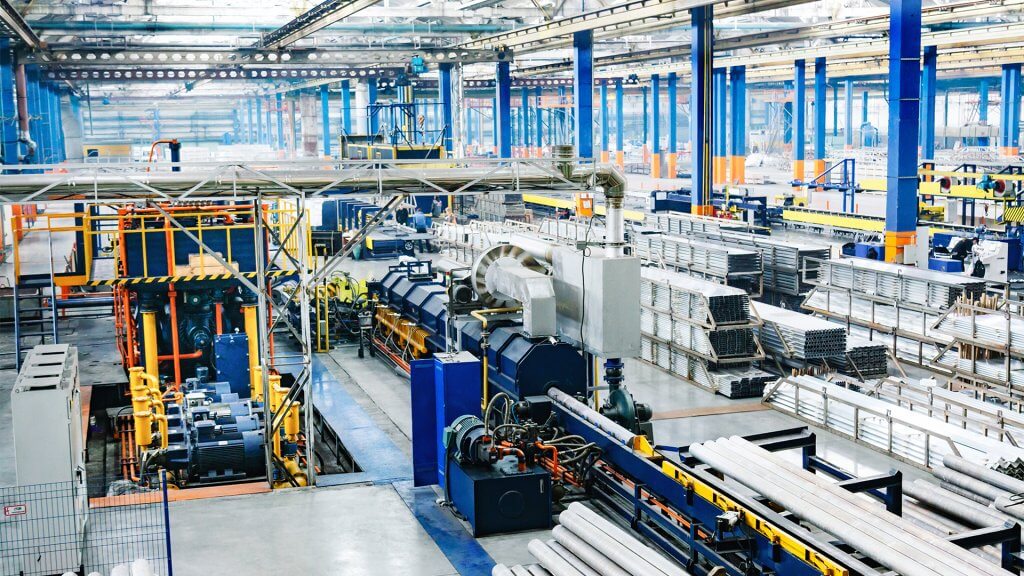There are multiple advantages to investing in dust control equipment for agribusiness companies working in the grain industry, particularly given the scarcity of current supplies.
With worldwide food production falling and prices spiralling because of the ongoing Russia-Ukraine conflict, drought, rising energy and transport costs, fertilizer shortages and COVID-19, attention on the industry is at its sharpest in years. With global production of wheat, rice and other grains likely to drop by 16 million tons this year – the first decline in four years – many in Europe’s food industry are looking again at the infrastructure they have, to examine whether there are improvements to be made. And when it comes to the grain industry there is one obvious area where efficiencies can often be gained – dust collection.
The infrastructure for moving grain from one point to another includes small country elevators, larger elevators, large grain terminals, trucks, trains, barges, and ocean-going shipping vessels. And every time grain is moved from one of these points to another, dust is generated. This dust must be collected and, most importantly, retained within the overall process to be returned directly back into the product stream. This is an essential part of the processing operation, that ensures waste is kept to an absolute minimum.
One innovative approach to dust management is to collect and manage dust at the point of generation – at the source. Capturing and controlling dust at its source provides several benefits including:
Reduction or Elimination of waste streams.
When captured dust is retained within the process generating it, it stays as part of the revenue producing product stream. Instead of turning a portion of the product into a pile of wasted dust, it remains as part of the product stream that has economic value.
Reduction or Elimination of waste stream equipment.
When dusts produced in a process are separated from the original process stream, they require independent material handling equipment and process equipment. Keeping the dust within the product stream minimizes the cost and maintenance of additional material handling equipment.
Minimizing the amount of duct runs.
It takes a tremendous amount of energy to move dust-laden air through long duct runs. Installing point-of-use dust collectors closer to the dust-generating process minimizes or eliminates unnecessary ducts, which saves energy.
Reduced duct maintenance.
Minimizing duct runs reduces maintenance costs, eliminates wasted air from leaks in the duct system and eliminates costly lining of ducts.
Easier installation.
Less ducting also equates to a simpler and easier installation for dust collection equipment. Smaller, lighter collectors mean less support infrastructure in grain handling facilities where collectors are often not placed on the ground.
Improved uptime and reliability for the system as a whole.
With centralized dust collection, when a dust collection system requires servicing the entire dust handling system, and often the entire grain handling facility, must be shut down to resolve the problem. With a series of point-of-use collectors, when an individual leg of the process is taken offline for maintenance, the rest of the system continues to operate. This provides a level of redundancy to the system, leading to improved uptimes for the facility. Other potential benefits of point-of-use collectors include:
- Minimizing impact on uptime due to servicing – minimize downtime to allow more flexibility in servicing scheduling (20 minute cycle vs. 4-8 hours); design characteristics that simplify and speed servicing actions.
- Localized systems minimize the impact on total operations when a single component has issues.
- Localized systems improve energy utilization, allowing operations to use energy only when needed to manage dust in each area. This approach eliminates wasted energy used to pull air from areas not handling dust.
- Technologies that extend filter life to reduce service frequency.
Supporting a point-of-use innovative dust control solution requires a dust filtration product with a very small footprint, but with robust performance to handle moderate to large air volumes. Traditional bag houses and cartridge collectors are generally either too large for point of use installation, or when sized to fit, are unable to handle the necessary air volumes.
Newer products on the market, such as the Donaldson®Torit® PowerCore® CP-Series dust collector, work very well as a point-of-use source collector. As a small, light, easy to maintain collector capable of handling the required air volume, this product offers distinct advantages over the more typical bag house technologies, which have been in use for over 40 years.
Products like this offer the ability to collect materials at the source, and allow dust control with a more manageable investment in energy costs. Point-of-use collectors reduce air volume for dust control; reduce horsepower investment, and minimize operational energy costs. With its smaller size and low profile, the Torit PowerCore CP collector can be installed at multiple locations in new facilities as source collectors, and can squeeze into tight spaces in existing facilities (due to its smaller size) to solve nuisance dust problems.
Learn more about Donaldson dust collection offerings at the Donaldson website.


























